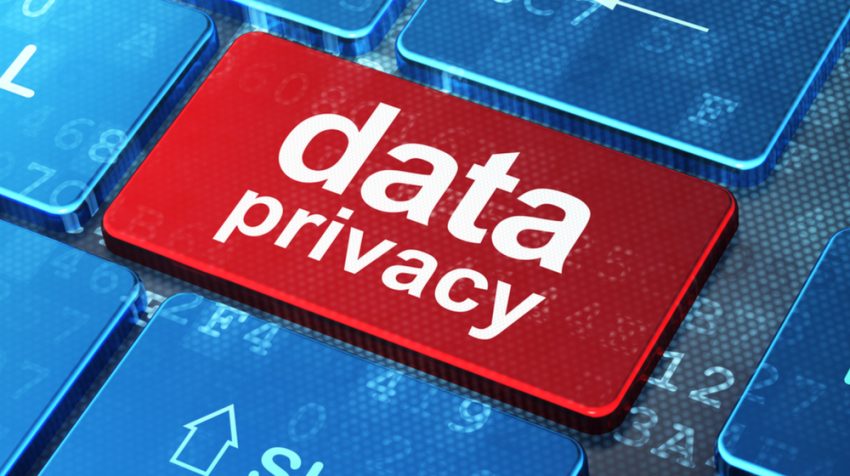People are increasingly buying voice-activated speakers (also called digital voice assistants or intelligent personal assistants) and other smart devices for added convenience, enhancing security, and also for entertainment purposes. But doing so blindly, without assessing risks involved with such technologies, can give intruders an accessible window into our homes and personal lives. Here are some risks that you may want to consider before purchasing a smart device for your house:

Listening In: Many new devices are being manufactured with built-in microphones. New generation devices falling in this category include for instance smart speaker systems such as Amazon Echo and Google Home, and as well smart TVs, TV streaming devices, and Internet-connected toys. Many of these devices are constantly listening in for your commands and when they receive them they connect to corporate servers (can be located anywhere in the world) to satisfy your request. What if you are having private conversations at home? Are these getting sent to the Internet without your awareness? Indeed, some devices just do that (yes, you may have unknowingly already accepted the vendor’s privacy policy or terms-of-use if that exists!). What can you do then? Well, devices typically have a mute function that disables the device microphone(s). But the question remains, can we actually verify what the manufacturer promises? Further to that, if data is sent over the Internet can it really be removed? I highly doubt that.
Watching You: Cloud security cameras let you check in on your pets, children, and your home status, when you are away, typically through your smartphone, tablet, and other handheld computing devices. Some devices routinely send video footage to online storage automatically while others do so when triggered, example by a motion sensor (typically signalling that an intruder or an unauthorized visitor is nearby). Reputable brands are likely to take security seriously, but no system is bulletproof. If you want to stay extra vigilant then you might want to turn the camera to face the wall or just unplug it altogether when you do not intend to use it. However, this is not a viable solution for many. Thus, my suggestion is that you should carefully inspect the device technical specification and assess whether the company is taking security and privacy seriously!
Digital Trails: Smart locks let you unlock doors from anywhere with an application installed on your digital devices. With this, you can let in guests even when you are away or when you have your hands full with other things (yes you can also connect your smart lock with a digital voice assistant). Similarly, landlords can automatically disable your digital key when you move out, and parents can keep an attentive eye on the time their beloved teens are coming back home. At the same time, intruders might try to hack the system not only forcibly with hardware tools but also through software hacking tools. Smart locks also pose a risk to privacy as usage of such keys leaves a digital trail. This trail can also be used in forensic investigation. This is an added attack surface that these digital devices bring into our lives, into our homes.
In this article, we scratched the surface of risks brought forth by smart devices. If you want to learn more about risks when purchasing smart home devices and as well about the different types of intruders spying on your home take a look at my paper.





